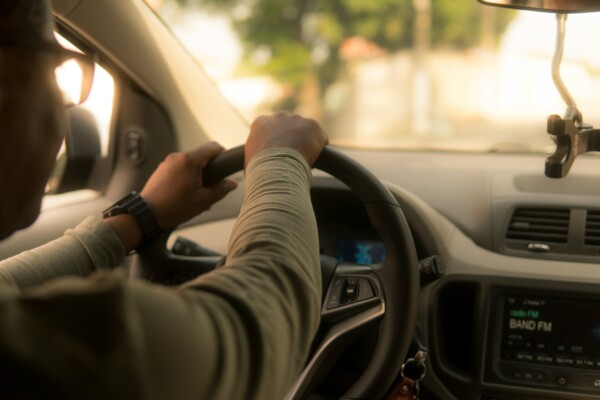
Good drivers are alert, think clearly and quickly, and make good decisions. When it comes to driving safety for people living with dementia, they should stop operating any vehicles once they are no longer able to do these things. Commonly, however, the person does not want to stop driving or does not even recognize that there is a problem. It’s important that care partners voice their concerns and plan ahead for when the person should retire from driving.
When Driving Becomes Unsafe
Concerns about driving safety may be raised by physicians, family members, or patients themselves, and it is very common for there to be disagreement about whether a person’s driving skills have changed or what to do next. There are many possible reasons why someone’s driving safety might be cause for concern, such as:
- Slowed reaction time
- Poor vision
- Trouble with spatial perception
- Difficulty with navigation or getting lost
- Poor judgment and memory
- Language trouble
- Issues with arm or leg coordination
- New dents and scratches on the car
All of these reasons may have nothing to do with overall cognitive strengths or with the individual’s driving record, which may be perfect. While there can be concerns about causing an accident, it should also be considered that the driver must be able to defend against other bad drivers on the road. It is better to retire from driving before a near-miss or an actual collision leads to shaken nerves, property damage, or –worse yet– injury.
Suggestions for Retiring from Driving
- Talk about concerns with the person as early as possible and plan ahead.
- The person may be able to drive short distances on local streets during the day but may not be able to drive safely at night or on a freeway. If this is the case, limit the times and places the person can drive.
- Ask the person’s doctor to tell them to stop driving. The doctor can write “do not drive” on a prescription pad, which can be shown to the person.
- Hide the car keys, move the car, take out the distributor cap, or disconnect the battery or spark plugs.
- Take the person to get a driving test.
Consider Other Ways to Get Around
Losing the ability to drive can feel like a loss of independence. It is important to look into other transportation options to allow the person to travel when needed. For example, family or friends can be enlisted to help drive the person. There are also many services that help people with disabilities get around their community. These services may include free or low-cost buses, taxi services, and rideshares.
Available Support
If the person with Alzheimer’s disease or other dementia will not stop driving, it is possible to ask the Department of Motor Vehicles about a medical review. The person may be asked to retake a driving test, and in some cases, the person’s license could be taken away. To learn more about this process and other dementia related driving information, visit the California DMV website or contact the California DMV office by calling 800-777-0133.
Bringing up concerns about driving and having a conversation about getting off the road can be difficult and emotional. For more tips to help to make the conversation go more smoothly, call us at 858.492.4400 to speak with one of our dementia experts who are here to help San Diego County residents and/or those caring for someone living in San Diego County (Spanish speakers available). In addition, we offer a Driving and Memory Loss class – visit our Education page to look out for the next one. Also check out our free social activities, care partner support groups, & more.
RECOMMENDED: Traveling Tips for People with Dementia
Updated on August 1st, 2024




